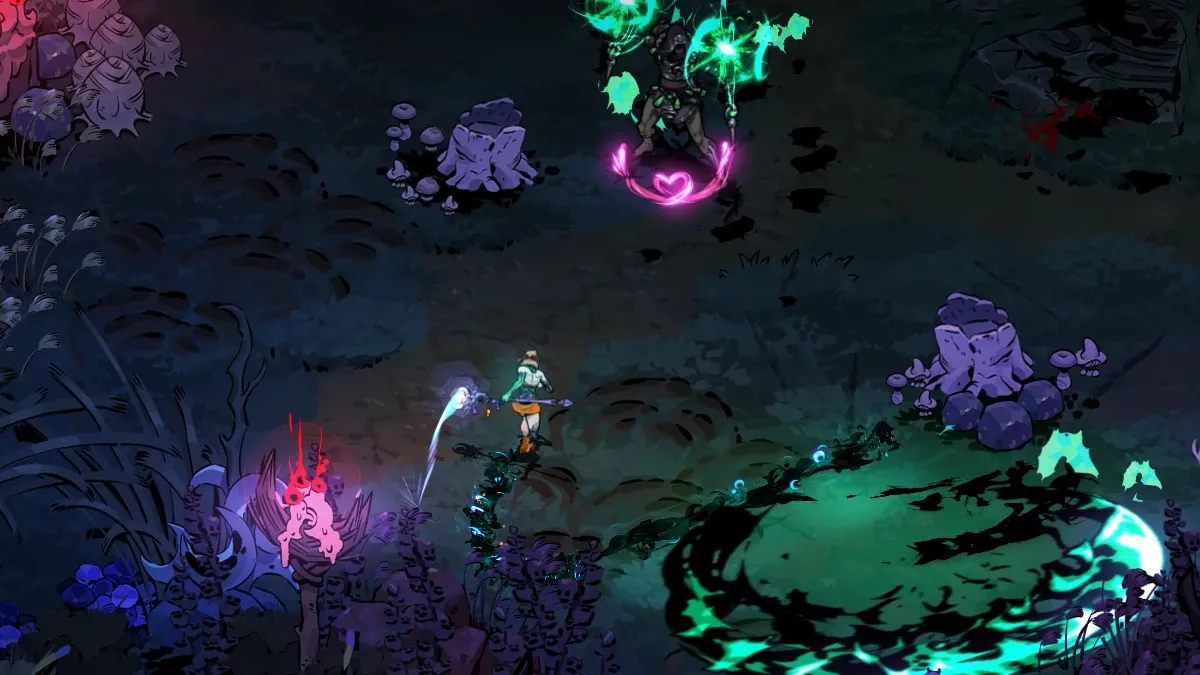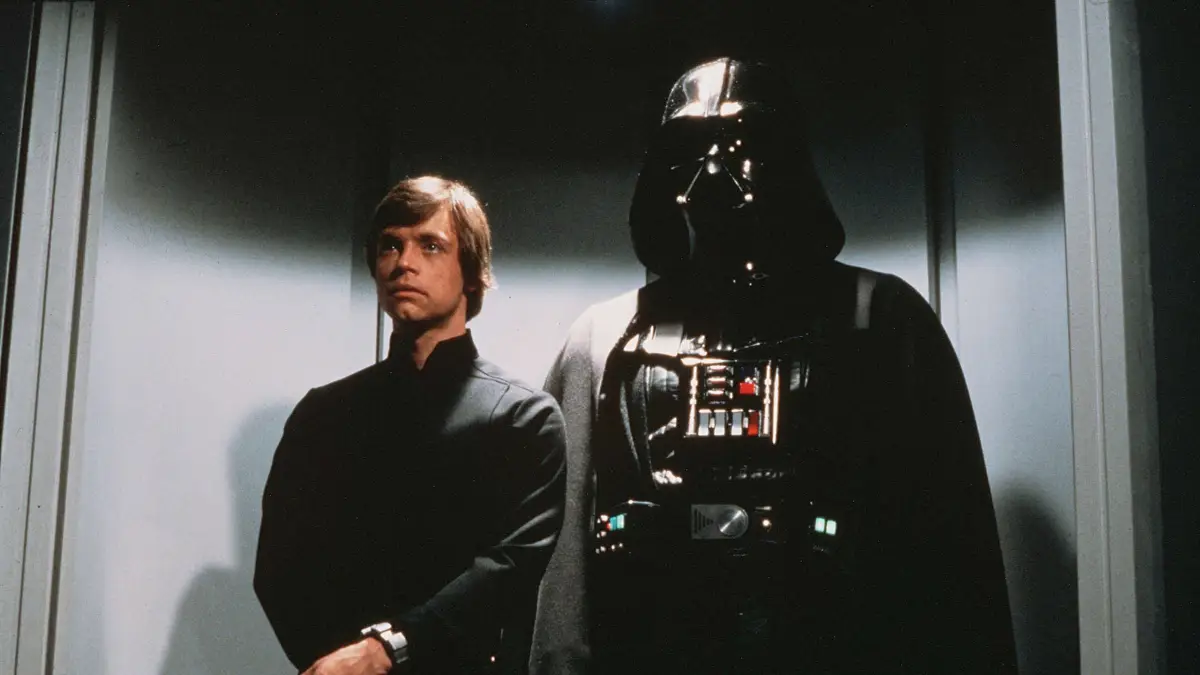Greetings from 2020. Much has been written about the cultural shift as the middle-class destroyed itself. The white collar worker died on a pyre of interest-only mortgages and faster-cheaper demands from management and shareholders. As the banks closed in, capitalism’s refugees took to the roads, because the bank might own the car, but there’s 50,000 miles of interstate out there to get lost on. The economy adjusted as “Just in Time Staffing” became the management mantra du jour, convincing the ruling class that a worker brought in and pushed hard for three weeks was far cheaper than keeping him on staff for 52. The rise of short-term contracts and a new American mobility lead to a new social order: Dangle the new nomads a carrot, and they will come.
Despite the harsh words of some – “those without jobs aren’t human, they are leeches” – the newly mobile class has human needs. One of those is entertainment, and rising from the Wal-Marts, rest stops and automobiles is a booming culture of the arts. Movies, music and literature have emerged with a whole new sensibility, a trading culture that owes more to the fireside storytellers of the long-dead past than to the electronic geegaws that powered the previous 50 years. That’s not to say electronic entertainment is dead; it’s just been changed completely.
They call it Sneakernet, hearkening back to a time when monitors showed only shades of green and games came via social webs rather than retail outlets. Back then, a friend had a game, copied it to a floppy for you to try, and you shared with them when you had a game. Maybe it was a full bells-and-whistles (or in those times, “bleeps and bloops”) retail game from an established firm, or maybe it was a bunch of half-completed games from a crazed closet programmer making another Defender clone, but it was free and it was a game. Those two essential facts were what mattered.
The new Sneakernet began with an under-employed creative class in search of an outlet. Programmers and artists work on their lunch breaks or waste a bit of company time and put some assets together, be it a basic engine, a few levels, a few nifty sprites or a cool song for the title track. They get it on a drive before the boss finds out and pass it off to a friend or passing colleague to do more work on.
The chain continues, the game bouncing from drive to drive, from player to player, from creator to creator, picking up everything from new levels to new monsters. Then, a 5-year-old wunderkind hacks the data files and renames all the characters “Butts.” (How funny is that? Butts!) And the game grows.
Some go through multiple genres, becoming a platform jumper, a hacked-together-RPG and an old-school click-based adventure game across the same level, depending on the particular inclination of the level designer. Half-completed puzzle games share drive space with elaborate RPGs that are all code, just waiting for someone with the compiler and time to slap it all together. Granted, snobs – people who can afford $1,000 consoles and don’t live in their cars – call them primitive; a fair critique, but it’s for a simple reason: The budget is nil. Production time is “a few lunch breaks before I leave for Arizona.” And then, there’s the matter of the hardware, which may be anything from the latest Lenovo Wonderbox 8,000 to the old Toshiba you gave to Mom when you were on top of the world.
The games themselves, in all their lovely iterations, are leaves on the wind, bouncing from coast to coast and back again. Let’s follow one game in particular, Phoenix Strike, across America via its .INFO file – a traditional way of tagging who worked on a game and where – and credits. The game began as a three-level demo, an Ikaruga-style space shooter that was simply swarms and swarms of enemies heading toward a vastly outnumbered spaceship at the bottom, developed as an experiment by a Ryan Spector outside Baltimore. He passed it off to his friend, Greg, who added in 10 more levels and began the boss design before his contract was terminated for – of course – working on the game on company time. Greg tossed the game onto a shared hard drive and disappeared.
From there, it went through a couple high-score setting players in Washington, D.C., before it traveled to Seattle via a sound designer calling himself DJ Spike. He whipped up three high-energy techno tracks (“on the boss’ equipment, lol!” per the notes) and copied it onto a couple drives he had lying around. Obviously, the path splits up from there. The copy I have moved down the West Coast, high-scored by a Dangermouse in Portland before finally arriving in Los Angeles, where the final boss was finished, an epic battle involving five entire screens of the game, rumored to be un-defeat-able by normal people. From there, a succession of programmers added little tweaks here and there, debugging the game and adding in new levels and enemies, until it arrived on my desk with 57 levels, a soundtrack that’s pretty good for a game that fits in your pocket, and a jaw-dropping high score chart from players around the country.
Playing is an integral part of the process, as it’s impossible to judge who wants to contribute to a project and who just wants to kill a few hours on their stolen laptop while taking the train into Portland in the morning. Each game has a dedicated comment file in its folder, and to peruse one is to peruse a cross-section of the new gaming society. You’ll find everything from the classic “This game sucks” to Ph.D. quality theses on what the evil aliens spewing fire means vis-à-vis modern American attitudes on immigration. Some collectors grab the comment files just for something interesting to read.
Reading through the comment file is like crossing paths with a thousand people. “Thanks for the game, guys,” says Mark. “Needed something to take my mind off things!” One of the programmers says, “Spent my whole day scripting 10 levels. Boss didn’t like it, but what’s he gonna do, fire me? My contract is up today!” Denise Jacobs’ 10-year-old boy “really enjoyed the game, took his mind off the drive for a while and he wouldn’t stop talking about the bad guy at the end!” There’s a five page rant by someone named The Prophet, chronicling the actual battle that took place in the game and what it means for the world; a mishmash of odd fan-fiction and end-time prophecy that’s fascinating and rather disconcerting to read.
The blue-sky predictions we made in the past were wrong. The future wasn’t immersion or robots or mind-blowing graphics, and it wasn’t a dystopian cyberpunk future (despite my best efforts). The crash of the buyer crashed the industry and drove it back into an older state, with a modern twist on it. The floppy is now the jump drive. Development teams may number in the hundreds spread across the country, rather than one talented programmer working out of his garage. But the culture of sharing, collaboration and innovation has returned. Sneakernet was dead. Long live Sneakernet.
Shannon Drake likes commas and standing out in the rain.



Published: Jul 11, 2006 12:01 pm